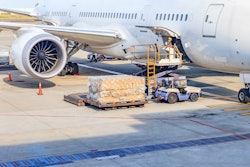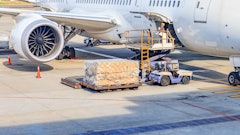
Total demand, measured in cargo ton-kilometers (CTK), rose by 0.8% compared to June 2024 levels (1.6% for international operations), and capacity, measured in available cargo ton-kilometers (ACTK), increased by 1.7% compared to June 2024 (2.8% for international operations), according to new data released by The International Air Transport Association (IATA).
“Overall, air cargo demand grew by a modest 0.8% year-on-year in June, but there are very differing stories behind that number for the industry’s major players. Trade tensions saw North American traffic fall by 8.3% and European growth stagnate at 0.8%. But Asia-Pacific bucked the trend to report a 9.0% expansion. Meanwhile disruptions from military conflict in the Middle East saw the region’s cargo traffic fall by 3.2%,” says Willie Walsh, IATA’s director general. “The June air cargo data made it very clear that stability and predictability are essential supports for trade. Emerging clarity on US tariffs allows businesses greater confidence in planning. But we cannot overlook the fact that the ‘deals’ being struck are resulting in significantly higher tariffs on goods imported into the US than we had just a few months ago. The economic damage of these cost barriers to trade remains to be seen. In the meantime, governments should redouble efforts to make trade facilitation simpler, faster, cheaper and more secure with digitalization.”
Key takeaways:
• Year-on-year, world industrial production rose 3.2% in May and global goods trade grew by 3.5%.
• The June jet fuel price was 12% lower year-on-year, a fourth consecutive year-on-year monthly decline. It was, however, 8.6% up on May prices.
• Global manufacturing rebounded in June, with the PMI rising above the 50 mark to 51.2. The PMI for new export orders improved by 1.2 index points but remained in negative territory (49.3), under pressure from recent US trade policy shifts.
· North American carriers saw an 8.3% year-on-year decrease in growth for air cargo in June, the slowest growth of all regions. Capacity decreased by 5.1% year-on-year.


















